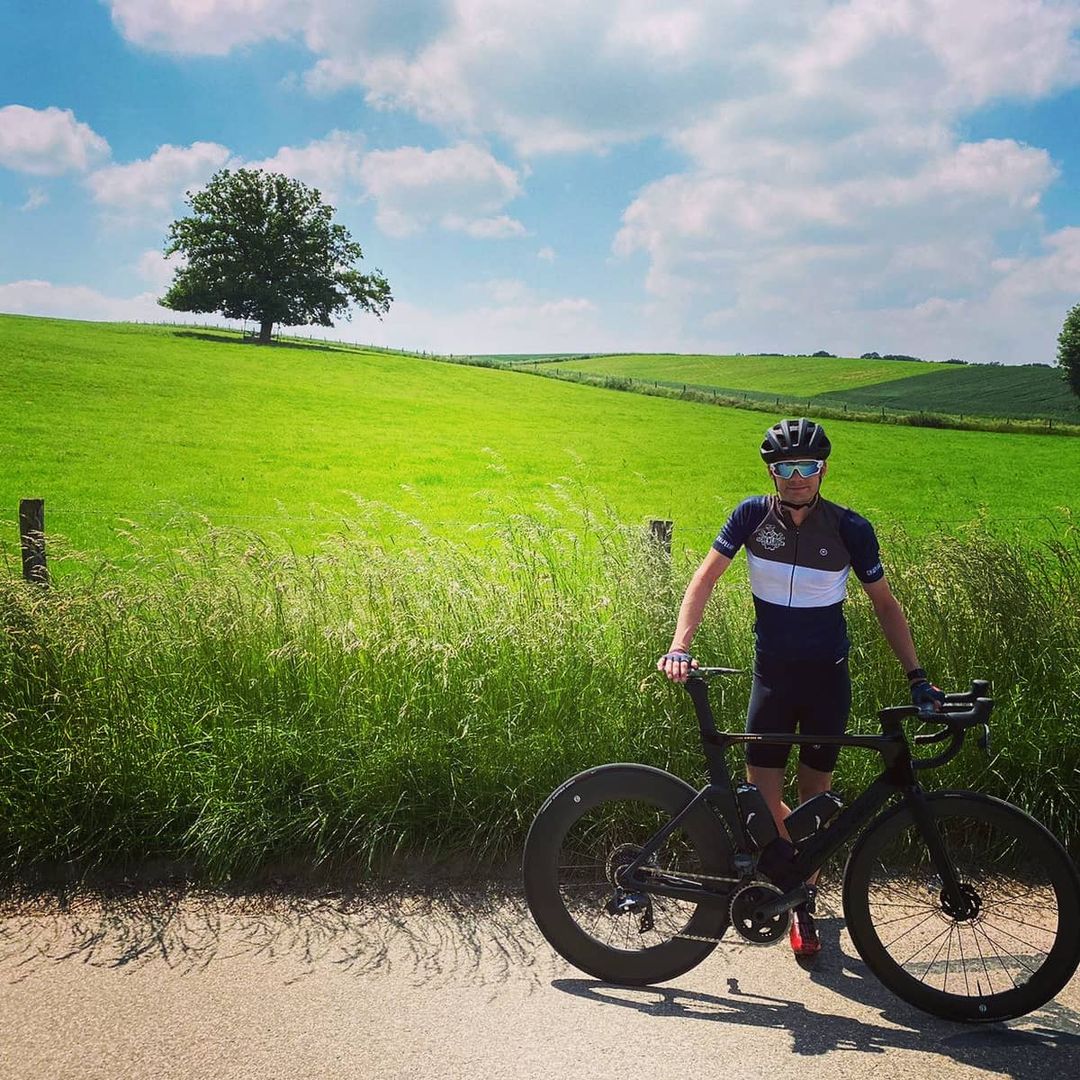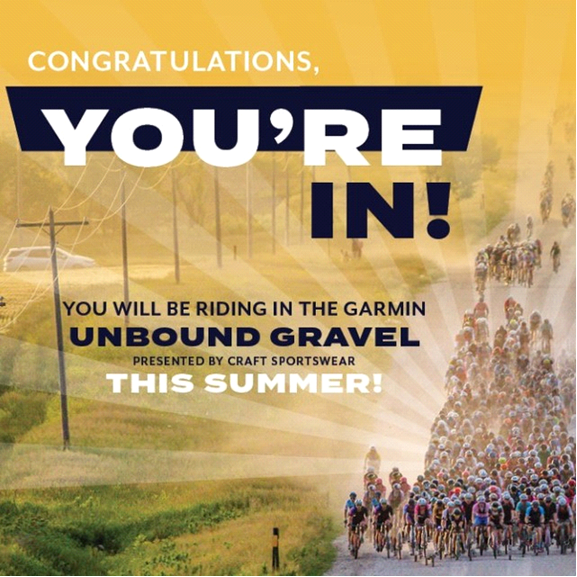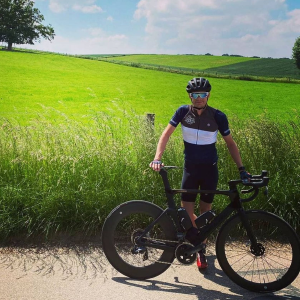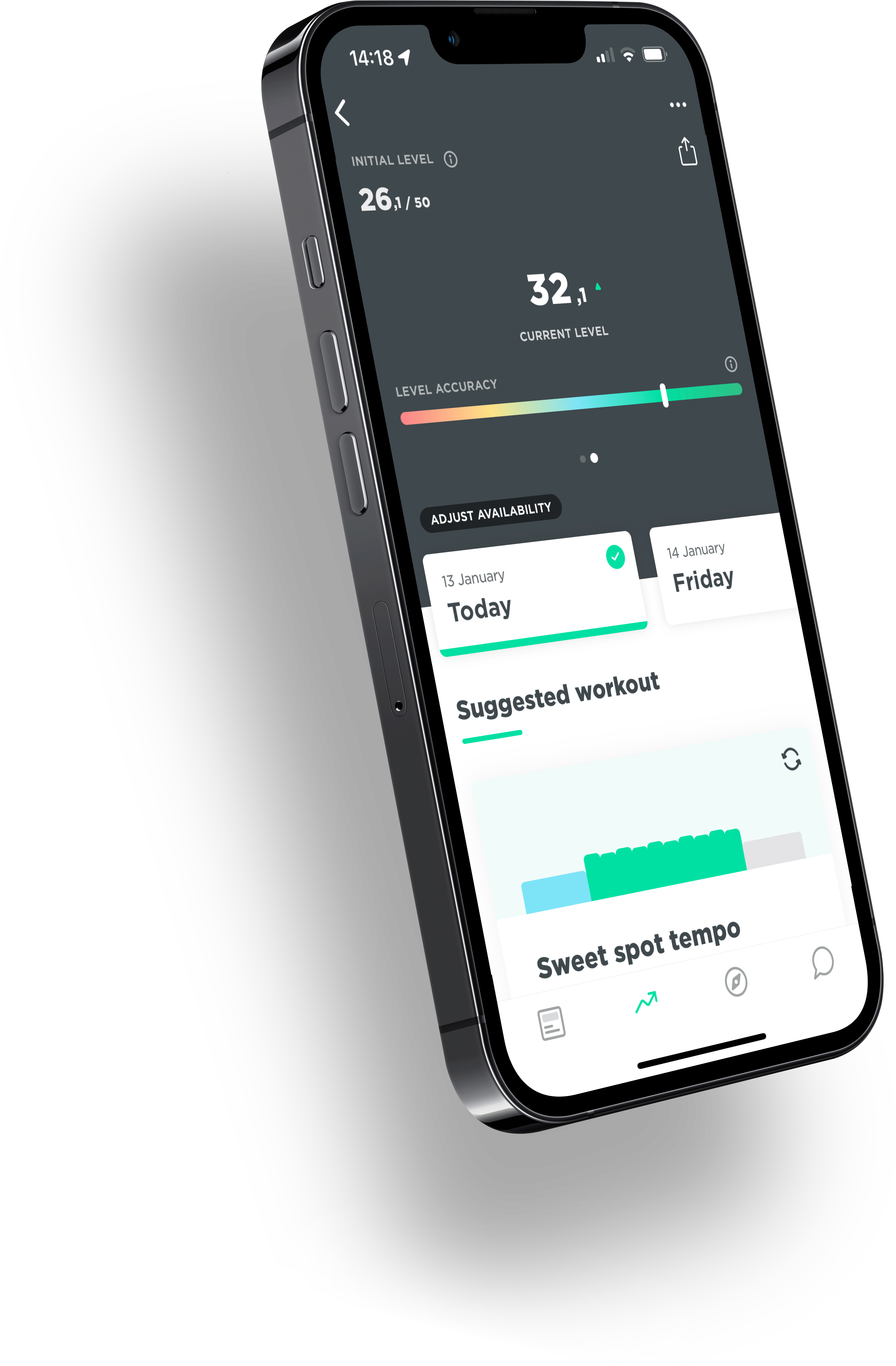Garmin Unbound Gravel: For most avid gravel lovers, this is the pinnacle of gravel racing. Of course, the UCI now has the official world cup, but a lot of fans will always see the winners of Unbound as the true champions. I get that. Unbound’s history is very, very, hard to beat. I’m not anti UCI, but they still have a lot of work to do after the inaugural edition of the gravel world cup. Hopefully they will deliver. But this article is not about the UCI, it’s about Unbound and about how I’m going to dip my toes into the water with the 2023 edition.

Written by: Pascal Kwaks
Like many, of course, I would have preferred to become a professional cyclist, but unfortunately I only discovered my love for cycling at the age of 31. But hey, I can still look at what I can achieve, right?
How did I get to this point?
Somewhere during 2020 I read an article about a race being renamed because the name of the event was insulting to the region’s indigenous tribe. This race was called Dirty Kanza, which is now Unbound Gravel. Because of this article, I started digging deeper into the event, and I learned that it is a 200-mile gravel race in the middle of nowhere. Who the hell rides their bike for 200 miles on a single day!? At that time I didn’t know that eventually, this would be me.
A year later, I finally decided that I wanted to give it a try after seeing former world tour rider and JOIN user Laurens ten Tam take 2nd place after losing in a sprint finish to Ian Boswell. The idea of a mass start field, where a mere mortal like me could line up and ride with those guys, was just too tempting.
One of the biggest hurdles for me was getting a spot into the event. Due to its popularity, and the limited number of spots available, there is a lottery. Since I didn’t want to take any chances, I started looking into other options. When you do 10 hours of voluntary work, you get a guaranteed entry into next year’s event. The problem with that is that I live in The Netherlands. I already had a hotel booked way in advance, and I asked the owner if he knew somebody who could help me out. He immediately offered to do those 10 hours of work for me, and told me that he didn’t want anything in return. I was completely blown away by his generosity. I can promise you, I will give him a nice gift when I see him in May!
So after this kind-hearted person put in the hours, it took roughly 6 months before the race organisers contacted me:
After signing up, reality hit me and I started getting nervous. I’m doing a 200-mile bicycle race!
How I train for Garmin Unbound Gravel
So now that I got in, I have to show up at the starting line well-prepared. I don’t want to just finish, I want to set the best possible result that I can. Until now, I have done some races, but most of them were around the 100KM mark, not a whopping 320. The farthest I’ve ever ridden my bike is 160KM. I do believe I can already do a distance of Unbound, but what is left of me at the end of the race?
Obviously, I use the JOIN cycling app as my number one training tool. I simply don’t have the knowledge to come up with a good training plan myself, and I don’t have the ambition to be able to either. The cool thing about the app is that you can select an event you want to train for, and the app will automatically generate the optimal training plan for you, taking your main event into account. For instance, in the app I could change my goal to get myself ready for the Amstel gold race, the Marmotte, Unbound Gravel, or a cyclosportive:
What is also nice, is that the app will give you a recommended JOIN score for each event. Since Unbound is so hard, the recommended level is 40-50. Wow, that’s high! If your number is lower than the recommendation, it is still possible to finish the event, but it could mean that it might not be as fun of an experience for you.
Boost my JOIN score
So to help me boost my JOIN score, I try to put in as many hours as possible next to my day job. For my typical week, on weekdays I set my availability to 2, and for the weekend I set the hours to the maximum of 6. JOIN won’t use all the available hours, but it can still lead to 15-hour training weeks.
I think it’s crucial to plan in some long rides because in the end, you need to get your body and mind ready to be in the saddle for so long. At the moment, the longest sessions JOIN gives me are 5 hours. As the event gets closer, I probably will try some 6+ hour rides to see what that’s like and also to test my nutrition strategy. More on that later. The good thing is that the app gives me the flexibility. If I do something else than what the app had in plan for me that day, I just tap the button that asks if I did something else.
What I also think is important, but isn’t mentioned enough, is to keep your workouts fun and varied. I do that by mixing things up and by sometimes trying new things. Some days I’m on the road, on other days it’s gravel or even some MTB trails. Another thing I just did, was to join a new club: BEAT cycling. What’s really cool about these guys, is that they have several subdivisions for every discipline. Right after I joined, I entered the offroad division and I immediately felt motivated by all the cool events they host. For example, last week I participated in a beach racing clinic, which was hosted by one of their pro’s: Thijs Zonneveld. Another bonus of this is that I’m pushed out of my comfort zone like this. Could be handy for Unbound too, right?
Oh, by the way: for the dutchies and others living in the Netherlands, it might be interesting to check out BEAT cycling, because they have a partnership with JOIN. You could just end up with a very nice discount!
My bike set-up for a 200-mile gravel race
Your gear is arguably of equal importance. If you brought the wrong tools for the job, it can be a race ending experience. And I have never been as much on the fence as when it comes to what to bring on race day. I must have changed my mind over tires more than 10 times already. So here are my current choices, until I change my mind again:
Frame
I will be using a Storm Moana. Originally, this bike was intended for beach racing, but after seeing its capabilities during some gravel races, I decided to get one too. I bought mine second-hand, so I don’t know much about its history. During last week’s beach racing clinic, I met somebody with the same bike, who told me that it was the 2017 model.
The main reason for this bike is the huge tire clearance. I can put 2.40 MTB tires on there and still have room for more. Maybe some tractor tires? I don’t see myself as the most technically gifted rider, so big volume tires really do help boost my confidence. During some years, conditions at Unbound are very muddy. All this mud can cause some very serious mechanical problems. A lot of tire clearance helps mitigate those risks
I’m also a big fan of the handling of this bike. In my opinion, it’s not as nervous as some of the other bikes I’ve ridden: it just wants to go straight.
Tires
Oh yes: the big tire debate! I opted for a set of Continental Race King Protection 29-er 2.20 MTB tires. I won’t go through all of my previous tire considerations, but I believe these tires have the best all-round capabilities. I used bicyclerollingresistance.com as a source to compare all my options. With a race like Unbound, you will want the perfect balance between a fast rolling tire, and enough protection to guard you from those sharp Flint hill rocks. When it comes to rolling resistance, these MTB tires were on par with some of the fastest rolling gravel tires, and still have decent protection. Luckily, I’m also not the person to have a lot of flats.
Other components:
I won’t go into detail as much with my other components, but here’s a rough break down:
Bars: Coefficient Cycling RR
Wheels: Farsports gravel with DT Swiss 180 hubs
Groupset: Shimano GRX with Deore XT calipers
My nutrition strategy
When it comes to this, I’m not entirely sure yet. From what I’ve read, the consensus seems to be that 90 grams of carbs per hour should be a good benchmark. Of course, that also depends on your body weight and also on what your gut is able to handle. Some people can handle a lot more than 90 grams, some less. What every article does agree on, is that you shouldn’t try anything new on race day.
So, I did some testing on a 4-hour ride to see how many grams of carbs my body could handle without feeling sick. I immediately went for a crazy number of 120 grams an hour. I was surprised to see that without any gut training, I was able to handle it without any issues. I’m still going to test this some more though, maybe I got lucky this one time and things change after 5 or 6 hours. Most of the carbs I took in during that test were from Maurten, the rest from SiS energy gells.
I’m still not sure If I try to survive on 100% liquid nutrition, or if add some solid or semi-solid foods in addition. One thing I really like are the Clif Bloks. I have a top tube bag which I might use for storing some of those. I don’t like messing around trying to open wrappers, especially during the opening phase of a race where things might be hectic and I don’t have much time to take my hands of the bars.
As for water, I will bring a 2 liter Uswe Outlander Pro hydration pack with me. At one of the feeding zones, I will swap it for a new one. On the bike, I will bring 2x 800ml bottles. Both the bottles and hydration packs will be just water.
My goals for the race
I thought I wasn’t sure about my nutrition, but this one if probably even more difficult to guess. As I’ve said before, I don’t plan on just finishing, I want to do well. For this race, I’m starting in the pro/elite category. Yes, that truly will be very challenging! I want to race with the world’s best in gravel, and for me that’s what makes gravel races so great. It was just announced that for this year, the pro/elite men will start a few minutes before the pro/elite women, followed by the rest of the field. Once I heard that, I got even more nervous, but at least I get the chance to try and measure myself up to the big names.
So where do I stand? Currently, my FTP is somewhere around the 4,7 w/kg point. My goal is to raise that to about 5w/kg when race day comes. I won’t be competing for the win, but I know that I am fitter than most people. Of course, finishing should be your first priority to begin with. It doesn’t matter who you are, with a race like Unbound you never know what will go wrong, and usually something always ends up going sideways.
In the end, my race strategy is very simple and not much different from what most people do: Hold on the front group for dear life for as long as I can. If I can get a top 100 finish, it would be amazing, but secretly I’m still hoping for a bit more.
So what do you think? Did I make the right choices or not? Or where do you think I will finish? Let me know! You can always write me a message either via Instagram (@pascalkwaks), my website (www.pascalkwaks.com), or Strava.


